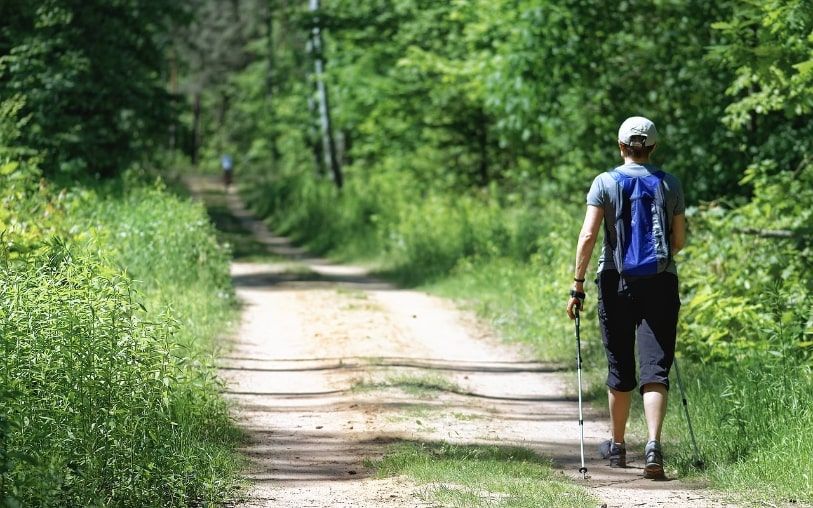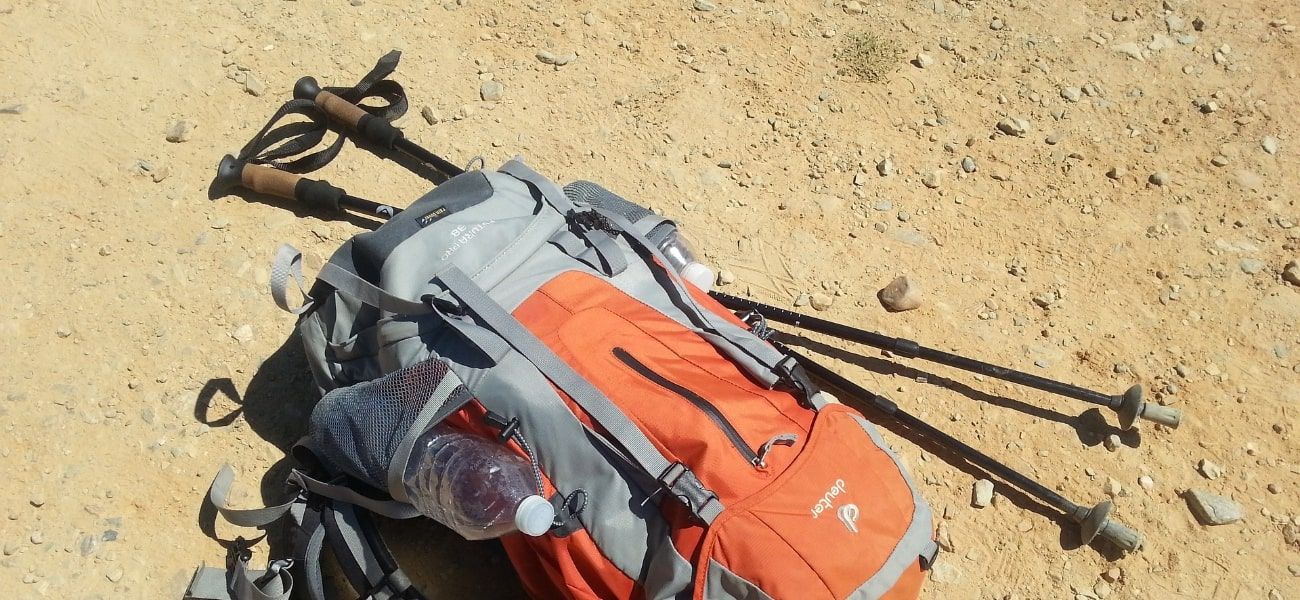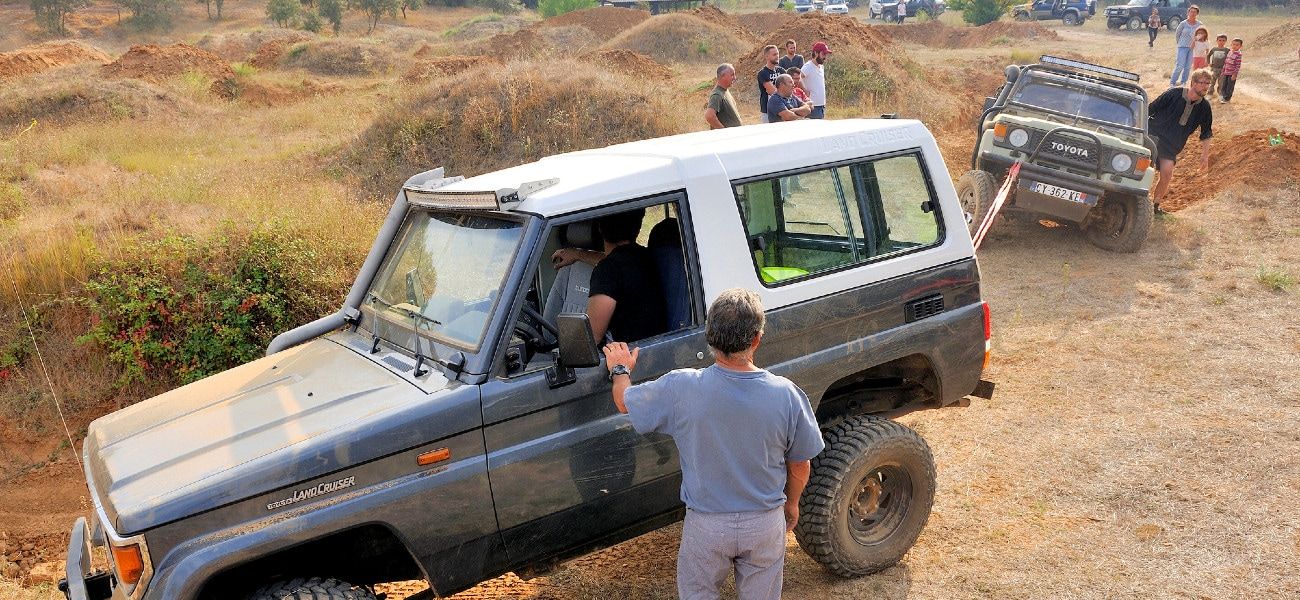Do you know that hiking can lower the risk of heart disease while boosting your bone density? Hiking makes for fantastic exercise while simultaneously improving one’s physical and mental state.
If you’ve done a bit of hiking before, you will have seen others using walking poles while they are out on the trail and wondered to yourself - are those poles really necessary? How do you even use them? Well, this article has all the answers.
Are hiking poles necessary? When should you use them?
Hiking poles are, of course, by no means a requirement for hiking. You can hit the trail without any poles and still fully enjoy your time out.
However, there are some instances where trekking poles become at least useful, if not absolutely necessary. Even when they aren’t necessary, they still provide a number of benefits that can’t be ignored.
If you’re climbing mountains and hills, walking down valleys, or just have a heavy backpack on, trekking poles may prove useful for you.
Let’s take a look at some of the benefits of using these poles.
Benefits of using hiking poles
Maintaining balance
When using trekking poles, it’s a bit like you are suddenly walking with four legs rather than two! The poles give you more stability, especially when walking over tricky terrain and uneven surfaces.
They provide the necessary balance to swiftly cross flowing water, trek along narrow ridgelines, or go up and downhills.
In very windy conditions, they can be useful for maintaining an upright posture.

Increased pace
Correct use of trekking poles increases your hiking pace and also means that you will expend less energy to hike the same distance.
Thanks to the lower energy expenditure, you’ll be able to hike for longer periods and distances when using trekking poles.
In the process, your oxygen uptake and heart rate will increase since the workload is spread throughout your entire body and not just the legs.
Taking the stress off your joints
After trekking for long distances, you may start feeling some pain in your joints. This comes as a result of tackling steep uphill and downhill sections. Hikers tend to feel this pain in their knees.
Trekking poles can minimise the load that the knees are under, which can help prevent joint pain.
If only poles could somehow prevent blisters too!
Safety
While going hiking is a lot of fun, it involves us entering the habitat of many wild animals, some of whom won’t be too pleased to see us, and may behave aggressively.
Hiking poles can be used as a defense against any dangerous animals that approach you, as they allow you to keep some distance between you and the animal.
In addition to this, poles can be used at river crossings, particularly to test the depth of the water before entering. In icy conditions (not so common in Australia), you can also use them to test the depth and thickness of ice on frozen water bodies.
Check out this article to read more on maximising these benefits.

Drawbacks of using trekking poles
Here are some of the drawbacks that come along with using poles.
Hiking poles can be cumbersome
In some scenarios, trekking poles can be very limiting, and this is the biggest drawback.
For instance, you won’t need the poles throughout the entirety of your hike. For example, if you’re clambering over rocks, poles are more of a hindrance than a help.
Taking them on and off your backpack as the terrain changes is time consuming and can be annoying, which is one of the main reasons that people prefer to not use them.
More weight
When hiking, you want to carry as little extra weight as possible. As I just mentioned, you’ll only be using your hiking poles part of the time, so when they aren’t in use, they are just adding extra weight to your pack.
Rather than loading up with poles, you'll want to save space in your pack for essential items like your trekking tent or hydration pack.
How to use trekking poles correctly
If used incorrectly, trekking poles are definitely going to hurt you more than help you. The poles are only beneficial if you understand how to use them in the right way.
It all starts from understanding the different parts of the poles, knowing how to adjust them, and when to use them.
Get the right pole(s)
The starting point for any successful hike with poles is selecting the right ones for you. And just like any product, there are a wide variety of types and manufacturers out there.
The first thing to be aware of is that not all hikers use two poles. Some prefer using a single pole instead; just remember that the goal here is for you to feel comfortable, so experiment a little once you are out on the trail and choose whichever feels more natural for you.
Take your time to look at the features and pricing for the various poles out there, paying particular attention to the materials they use and the overall weight.

Set the right length
Most brands will advise you on the right pole length to buy based on your height.
Alternatively, there are extendable poles that can be adjusted to different heights. This is also useful if you want to share the poles with your friends!
When adjusting the length of the pole, make sure your forearm bends at the elbow and is parallel to the ground. You should be able to grip the handle lightly with your hand while the arm stays at a right angle to the ground.
Additionally, some hikers say the length of the trekking poles should be adjusted according to the terrain. For instance, when descending, you should set the poles longer and when ascending, you should set them shorter.
Some trekking poles come with long handles to enable you to move your hands up and down the handle to suit the terrain.
Straps
Straps allow you to use trekking poles without having to clench the poles tightly with your hands. If adjusted properly, they transfer considerable pressure from your hands to your wrists.
When adjusting the straps, make sure they are tight enough to support your hand’s weight on the trekking poles without limiting circulation to the hand. The straps are sometimes labelled left and right, so take notice when putting them on.
Conclusion
Poles are by no means essential for hiking, especially on lower grade day hikes.
That said, if you are doing multi day hikes or tackling steep terrain, they provide a number of benefits, ranging from improved stability and faster pace, to less stress on your knees and improved safety.
It’s not all pros when it comes to using these poles, however, as they are cumbersome and add extra weight to your pack, which can be a killer over long distances.
If you have any questions about trekking poles, or hiking in general, feel free to leave a comment below!
This article may contain affiliate links. I will earn a commission if you choose to purchase a product or service after clicking on my link. This helps pay for the cost of running the website. You will not be disadvantaged in any way by using my links.
Note that while every effort is made to ensure the accuracy of the information on this page, there may sometimes be errors. Check all specifications with the manufacturer before purchasing any product.



